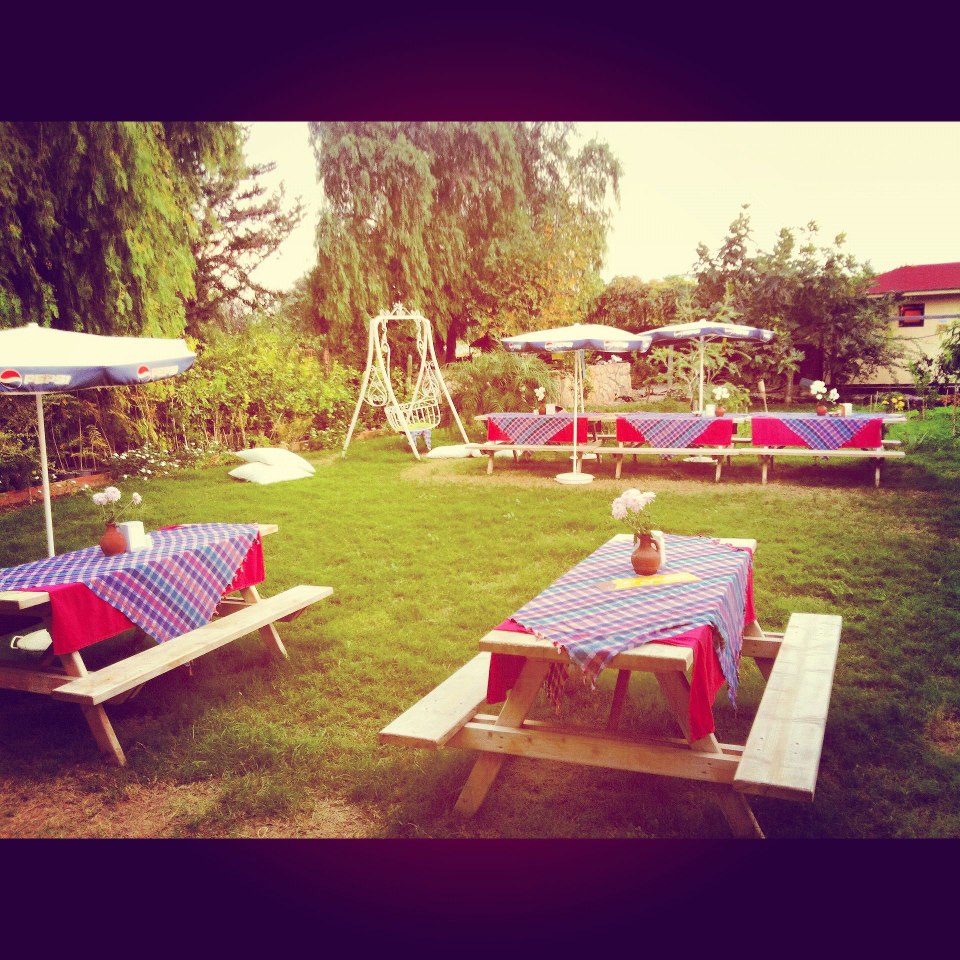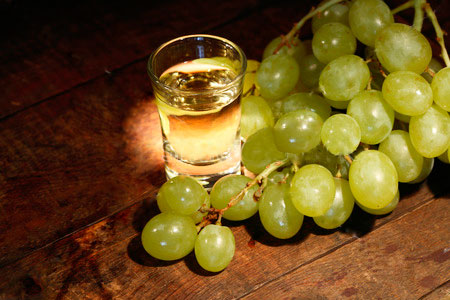The reason that I created the blog instead of just writing this assignment in a word document is that I was hoping to share my experience with the others and I wish that they can find it useful. The visits to the blog shows that in a short time and with a very few posts it was quite successful :) I want to thank everyone who read the blog and the suggestions and the contributions that I got. I appreciate all of them.
My journey here is not finished yet, and I hope to get the chance to write more entries and share more of the experiences. Many of them are still in line, but there is a time limit here and I cannot put all of them before the deadline of the assignment. The entries included so far, are just a handpicked version of many. In the past four month that I was working on this report, I traveled multiple times to all the major cities in the Northern part, and a number of the villages on the way. I visited most of the historical places, which I haven't got the chance so far to write about, I have been to the cool spots in the town, famous restaurants and cafes and I wish to share that with you in a near future.
For now, I need to have a conclusion though. I have been in Northern Cyprus now for more over 9 month and I have learned a lot and have experienced many things. This has truly been an amazing experience. It is interesting that how much a place can change you this quickly, in a way that you do not even understand. One the examples that I have recently noticed, a very simple one, is the changes in my key-chain!
The first picture is what my key chain style used to be! Then in the other two you can easily see how it changed in a very Cypriot way! and became very similar to those of my friends from Cyprus.
This may seem like a silly example, but it was one of the instances that I really felt the change that I went through in this short time. There are of course other changes, I have learnt some Survival Turkish, added many items to my favorite lists, such as tavuk dolma (stuffed chicken) to my favorite food list, Oza to my favorite types of coffee and Grup Baria to my favorite performers. I have learned to even be calmer here and if someone who has not seen me in this time sees me, I am sure that they will notice that I have changed a lot.
The experience has been more than wonderful, and I want to thank everyone who has been involved in it so far. I have come to know this island as a second home, and there I wish all the best for it and its residence. One final piece of advice, if you have not visited Cyprus yet, do it as soon as you can, otherwise you will regret it.
All the best































